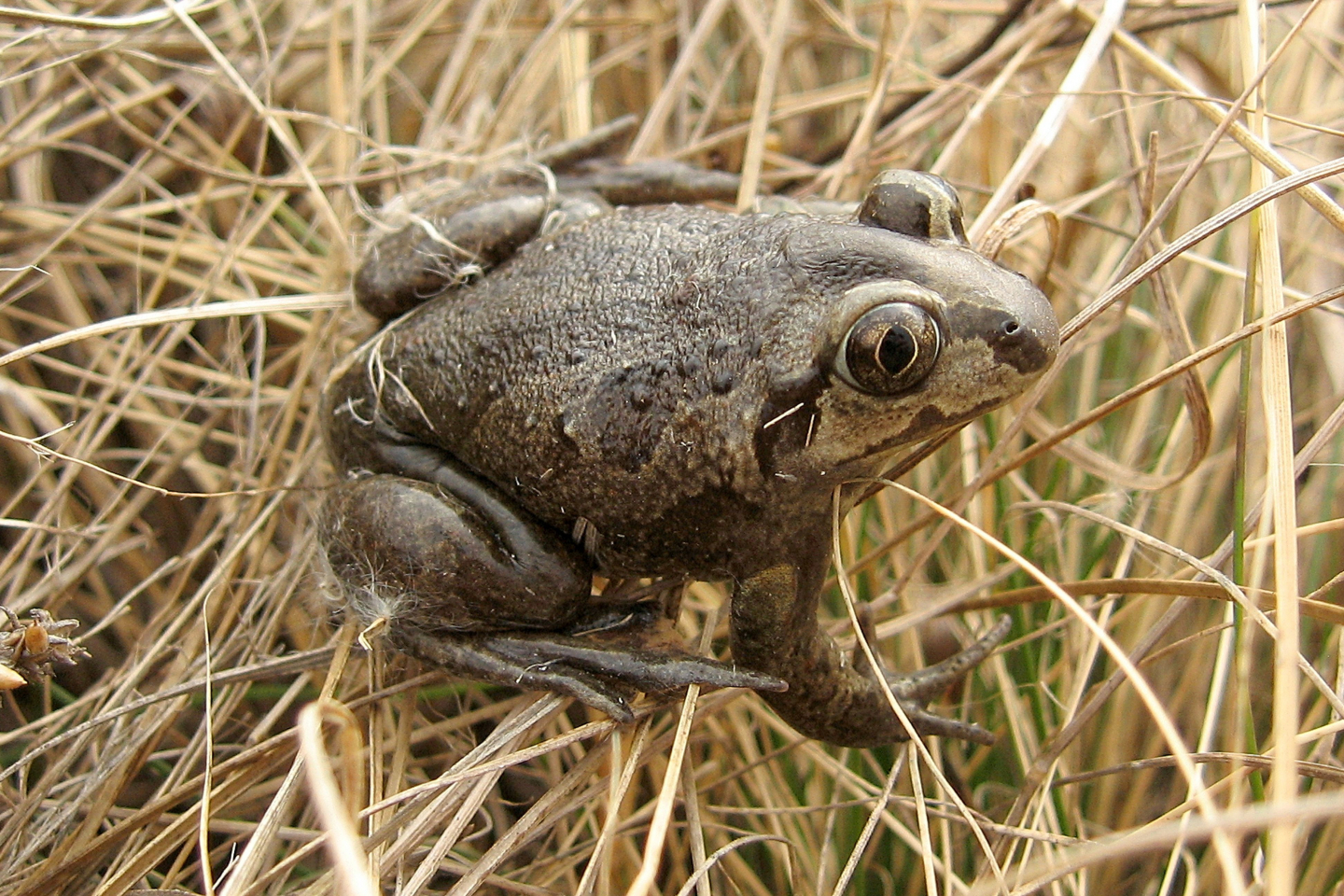Small and stocky and yet an individualist among the toads.
Description
Adult males reach a maximum body length of 6.5 cm, females a maximum of around 8 cm. The animals usually show irregular dark brown, often elongated spots on a light grey to beige-brown background on the upper side. This makes almost every animal individually distinguishable. The belly is whitish in colour, often with light to dark grey specks.
Habitat
In Switzerland, the species is considered extinct or at best has an uncertain status today. In Austria it is scattered, and rarely found outside the Alpine region, in eastern lowland areas (Styria, Upper Austria, Burgenland, Lower Austria, Vienna). Apart from the spawning season, adult toads are terrestrial animals that live on the ground. They particularly favour landscapes with loose, sandy to sandy-loamy topsoil (e.g. heaths, inland dunes, nutrient-poor grasslands, steppes). Small to medium-sized, eutrophic standing waters such as ponds and pools with a minimum depth of around 30 centimetres are preferred as spawning habitats.
Breeding call
The mating calls of the males sound like a distant knocking ("dlock ... dlock ... dlock") and are emitted in series of 2 to 4 individual calls. As the Common spadefoot, like the two native toad species, does not have a vocal sac and the calls are usually emitted under water, the calls are usually difficult for humans to hear.
Example breeding call:
Wikimedia Commons Licence Odé Baudewijn CC BY-SA 4.0 international
Source: The text is an excerpt from Wikipedia (https://de.wikipedia.org/wiki/Knoblauchkröte) and is available there under the licence "Creative Commons Attribution/Share Alike". The text for the call consists of excerpts from Wikipedia with changes according to herpetofauna.at (https://herpetofauna.at/index.php/knoblauchkroete; status: 09 August 2023) and "Die Amphibien Europas: Bestimmung, Gefährdung, Schutz" by Nöllert & Nöllert, Franckh-Kosmos Verlag 1992.

 DE
DE  EN
EN 









